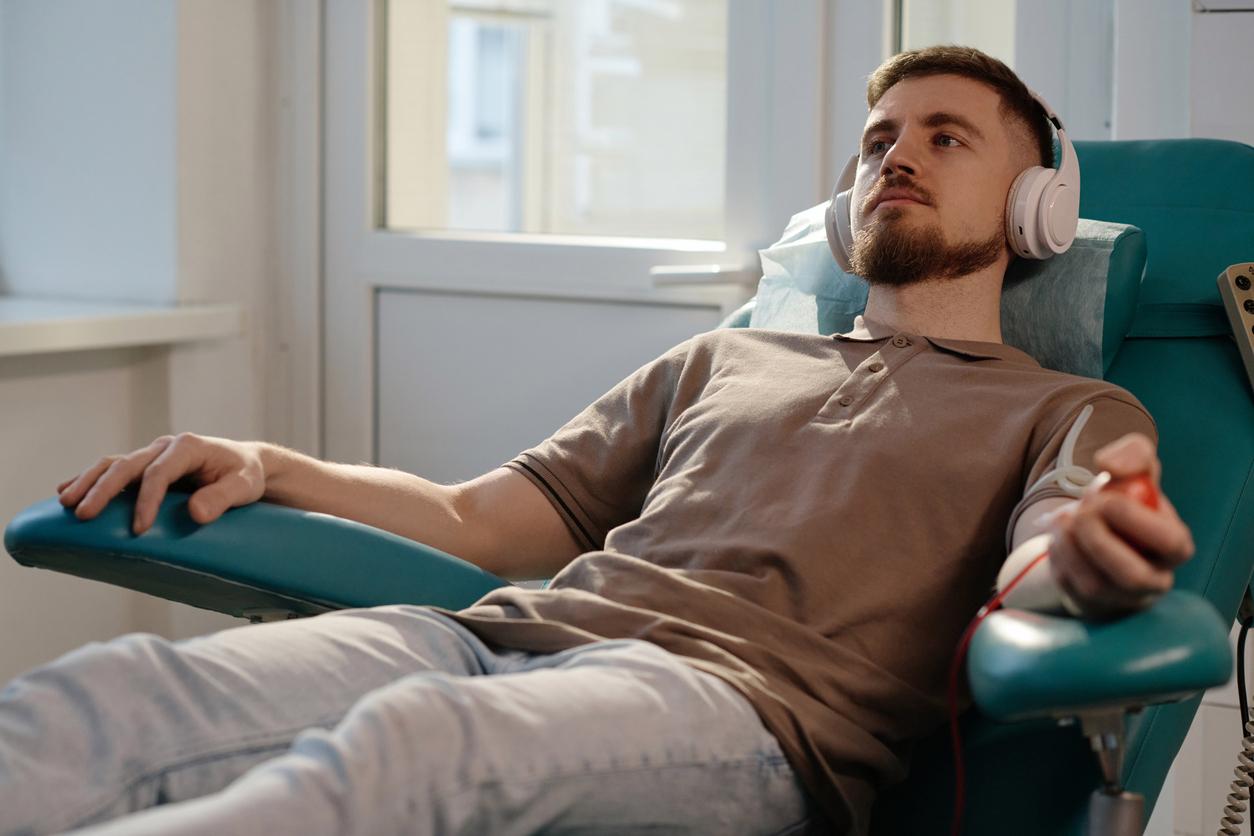According to new data collected by the start-up Padoa, one in four employees is hyperstressed at work. A worrying figure when we know the terribly negative impact of this type of stress on health.

In 2018, one in four employees is in a situation of hyperstress at work, according to new data collected by the start-up Padoa.
Decreased life expectancy
It is considered that an individual is in a situation of hyperstress when he reaches a level of stress so high that he puts himself in danger. “We can make an analogy with hypertension: everyone has blood pressure, the problem is when we have too much”, explains to the Obs the doctor Patrick Légeron, psychiatrist at the Sainte-Anne hospital. from Paris.
Too high a dose, stress is very bad for mental and physical health. Numerous studies have shown that this condition can cause, among other things, pancreatic cancers, depressions, from miscarriages, risky behavior (suicide, tobacco, alcohol, drugs, bulimia, anorexia), reducing the sizes of unborn babies, decrease fertility, libido and life expectancy, accelerate cognitive decline, aging and the appearance of white hair, tire the heart and arteries, disrupt sleep or trigger acne.
Factors that cause hyperstress
A study by Stimulus published in November 2017 revealed strong disparities between employees in their stress management. “The rates of hyperstress vary according to the activities”, wrote the authors, the sector most affected being that of human health and social actions, with 4 out of 10 employees in hyperstress. Then comes the arts, entertainment and recreational activities (3 out of 10). Women are also more concerned than men (28% of female employees experience hyperstress, against 20% of their male colleagues). The 40-50 year olds and the over 50s are also the categories most to be pitied in this area.
For Dr Patrick Légeron, the factors that cause hyperstress are “always linked to the demands of the job. But there are roughly two major stressors. First, the workload, the intensity, the fact that there is a lot of work, and complex information to manage. But also all the changes that can occur in the work, the fear of not being able to adapt. These changes can be macro, at the scale of a company: reorganization, merger, buyout, sometimes leading to fear of losing one’s job. But there are also micro-changes: new software, adapting to new procedures, etc. The lack of recognition or the lack of autonomy can also play a role. . “
The start-up Padoa also establishes, pell-mell, that:
– Absenteeism costs companies 6 billion euros per year.
– 75% of occupational physicians are over 55 years old.
– Low back pain represents 20% of work accidents.
– 2.6 million employees are exposed to the risk of occupational cancer.
– 87% of occupational illnesses are musculoskeletal disorders.

.

















